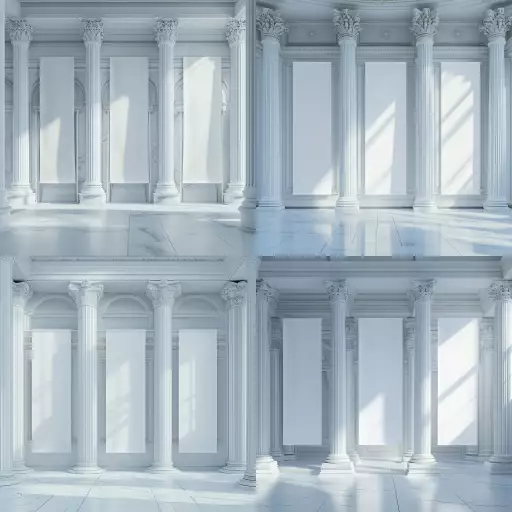Explore the Best AI Image Gallery

AI: The Artist in the Machine - Reshaping Graphic Design
The world of graphic design is on the cusp of a profound transformation, driven by the rapid advancements in artificial intelligence (AI). No longer confined to the realm of science fiction, AI is now a tangible force, wielding an impressive arsenal of tools to revolutionize how we create, conceptualize, and interact with visual content.
The Rise of the AI Designer
AI-powered design platforms are emerging as game-changers, offering designers a suite of capabilities that streamline workflows, enhance creative exploration, and push the boundaries of artistic expression. These intelligent systems can generate original designs, refine existing concepts, adapt visuals to different contexts, and even predict design trends based on vast datasets.
Unlocking Creative Potential
- Logo Design: AI algorithms can analyze brand elements, target audiences, and industry trends to generate unique logo concepts that effectively communicate a brands identity.
- Website Prototyping: From basic layouts to interactive mockups, AI tools can rapidly generate website prototypes, allowing designers to iterate and refine their vision with greater speed and efficiency.
- Marketing Collateral: AI-powered design platforms can create compelling marketing materials such as social media graphics, brochures, and email templates, tailored to specific audiences and campaigns.
- Typography and Layout: AI can analyze text content and suggest optimal font pairings, layouts, and formatting options to enhance readability and visual appeal.
The Ethical Landscape of AI Design
While the potential benefits of AI in graphic design are undeniable, its crucial to address the ethical considerations that accompany this technological shift.
- Bias and Representation: AI algorithms learn from the data they are trained on, which can perpetuate existing biases if the dataset is not diverse and representative.
- Job Displacement: The automation capabilities of AI raise concerns about potential job losses for graphic designers. However, its more likely that AI will augment human creativity rather than replace it entirely.
- Copyright and Ownership: The question of authorship and intellectual property rights arises when AI generates creative content. Its essential to establish clear guidelines and legal frameworks to address these complexities.
Future Trends in AI-Driven Design
The future of graphic design is inextricably linked to the continued evolution of AI technology. We can anticipate:
- Personalized Design Experiences: AI will enable highly personalized design solutions, tailoring visuals to individual preferences and contexts.
- Real-Time Design Collaboration: Collaborative design platforms powered by AI will facilitate seamless teamwork, allowing designers from different locations to work together in real time.
- Immersive Design Environments: AI will enhance immersive design experiences through virtual reality (VR) and augmented reality (AR), enabling designers to create and interact with designs in entirely new ways.
As AI continues to evolve, its impact on graphic design will only become more profound. By embracing the possibilities while navigating the ethical considerations, we can harness the power of AI to unlock new levels of creativity, efficiency, and innovation in the visual arts.
](https://images.ai-img.art/thumbnails/150/f67d9af3398150f2ab1bcf250717fea134275e2ca896252b54a4d9bb3719f9ac.webp)
](https://images.ai-img.art/thumbnails/150/008b5d5d49667cc2e93a5f8a8adfaa545963da99c39ff0901f5296294636400d.webp)










](https://images.ai-img.art/thumbnails/150/f9584153b4cddd8c9fab611dc10247549b275c59bc173251e37d0935874f9deb.webp)

](https://images.ai-img.art/thumbnails/150/bddf3ae4a232290858389b933c866ad3be429ef2e25c23a9f4d7713ed6e44d0b.webp)















](https://images.ai-img.art/thumbnails/150/c2c9c48b38fae37f0a457b80b084ed01ba803810fc8f488c8f610c03abc74049.webp)



](https://images.ai-img.art/thumbnails/150/4289d1230b86a96c4d556636c3167bed0ef38f850826549517e4e45db4d87bf7.webp)






